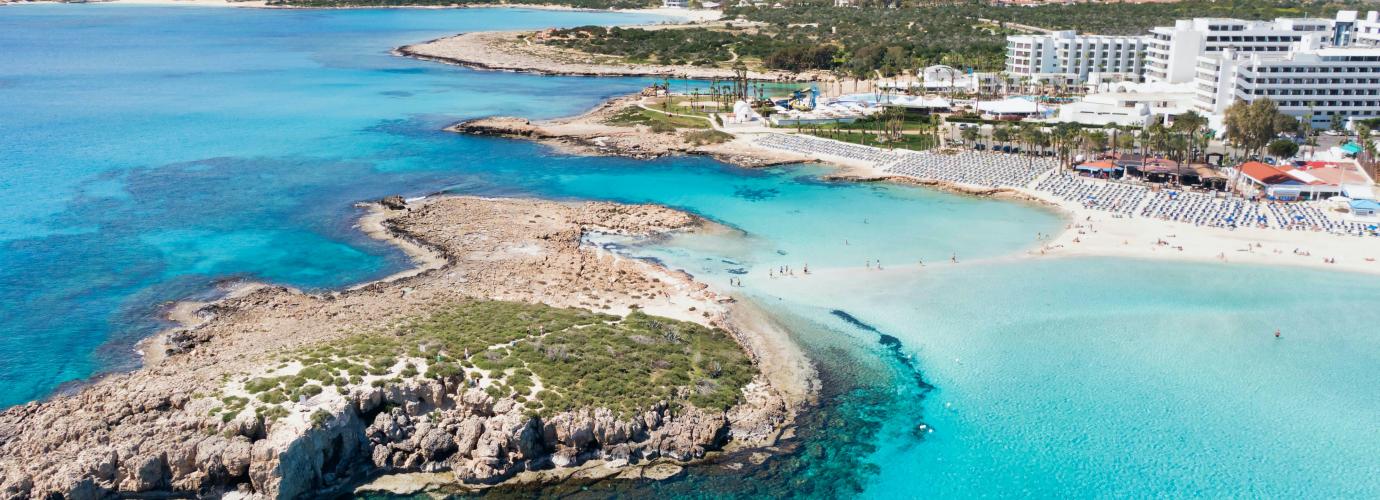Cyprus is the third largest island in the Mediterranean Sea after Sicily and Sardinia, with a total area of 9,251 square kilometres. Archaeological findings and inscriptions testify to the existence of a rich cultural life on the island, which can be traced back to the Homeric era. The establishment of the Republic of Cyprus as an independent and sovereign State with a presidential regime, in 1960, was the turning point in the historical development of the island. The President of the Republic is elected for five years by direct universal suffrage.
Greek and Turkish are the official languages of the republic. Responsibility for education lies with the Ministry of Education and the Council of Ministers. The 1960 Constitution lays down the major principles of the educational system.
A most tragic event, with a devastating impact on education and every other sphere of life in Cyprus, was the Turkish invasion, in 1974. As a consequence, 37% of the Cyprus territory is still under occupation, with about one-third of the total population still being dislocated. Because of this, all information given within this work will, unless otherwise stated, refer to the Government controlled areas of Cyprus.
The population of the government-controlled area in Cyprus is estimated at 923.272 at the end of 2021, compared to 888.000 at the end of 2018, recording an increase of 4.0%.
Public expenditure on education for the year 2020 stood at €1,306.5 million, which represents 6.0% of the Gross Domestic Product (GDP) and 13.4% of the state budget.
The GDP growth rate in real terms during 2018 is positive, estimated at + 1.86 % over the GDP in 2017.

